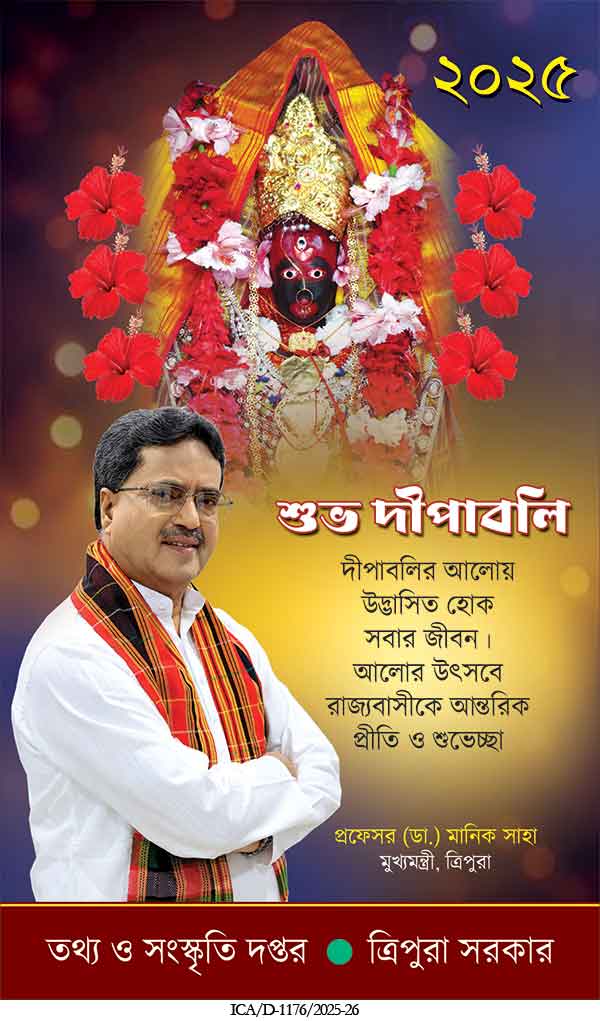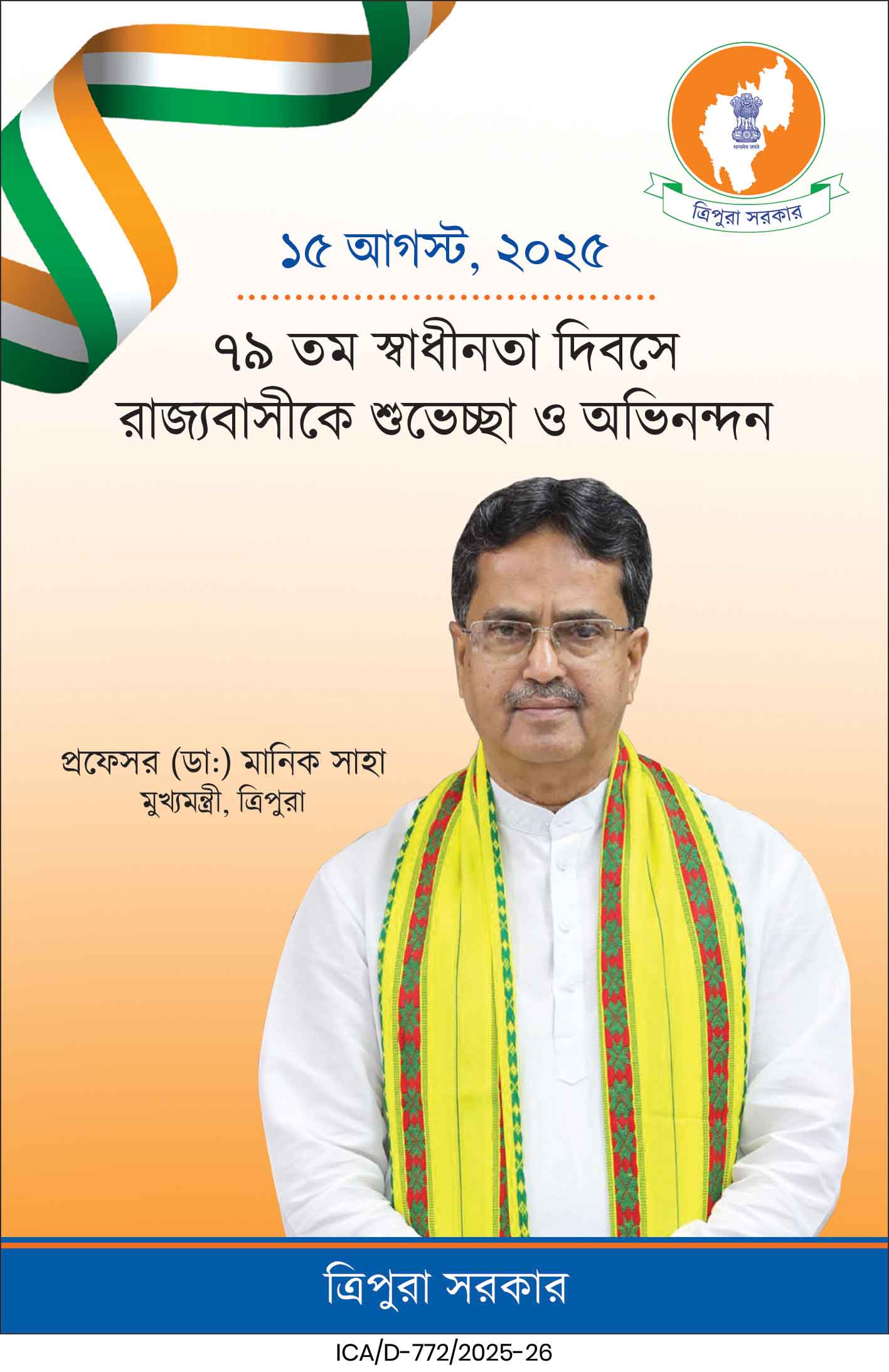Tripura Tribal Areas Autonomous District Council (TTAADC) as well as state government have often touted rgeur  commitment to the development of tribal-dominated regions, boasting about various schemes and projects. However, the ground reality in these remote areas tells a starkly different story. A recent visit to the tribal villages of Atharamura ADC, situated at the foothills of Atharamura Mountain in the Mungiakami RD Block under the Krishnapur Assembly constituency, paints a grim picture of deprivation and hardship.
commitment to the development of tribal-dominated regions, boasting about various schemes and projects. However, the ground reality in these remote areas tells a starkly different story. A recent visit to the tribal villages of Atharamura ADC, situated at the foothills of Atharamura Mountain in the Mungiakami RD Block under the Krishnapur Assembly constituency, paints a grim picture of deprivation and hardship.
The villages stretching from the 45th to the 48th mile along the Assam-Agartala National Highway reveal a distressing reality where hunger and poverty have driven families to the edge. With no stable sources of livelihood, both elders and young children are forced to engage in various forms of labor, often disregarding child labor laws, simply to quell their hunger pangs.
 This dire situation is particularly evident in the Atharamura ADC Village, falling within the electoral jurisdiction of Tribal Welfare Minister Bikash Debbarma and Autonomous District Council (ADC) Executive Member Kamal Koloi. The indigenous families in this region have little to no access to alternative means of sustenance beyond traditional slash-and-burn farming (jhum cultivation) and selling forest produce such as firewood and wild vegetation. Their struggle for survival has become an ongoing saga, largely ignored by the authorities.
This dire situation is particularly evident in the Atharamura ADC Village, falling within the electoral jurisdiction of Tribal Welfare Minister Bikash Debbarma and Autonomous District Council (ADC) Executive Member Kamal Koloi. The indigenous families in this region have little to no access to alternative means of sustenance beyond traditional slash-and-burn farming (jhum cultivation) and selling forest produce such as firewood and wild vegetation. Their struggle for survival has become an ongoing saga, largely ignored by the authorities.
Despite the government’s frequent advertisements and promotional campaigns about educational advancements, the reality on the ground is disheartening. Education remains a distant dream for children in these tribal hamlets, as poverty compels them to prioritize earning a livelihood over attending school. In many households, where the primary breadwinner is bedridden due to illness, children, along with their mothers, are left with no choice but to collect firewood from the forests to sell and earn a meager income.
The sight of young children, who should be in school, laboring alongside their mothers has evoked strong reactions from observers. Many question whether the government’s much-publicized development programs are truly reaching those in need. The situation underscores the stark contrast between official claims and the harsh ground realities, raising serious concerns about the effectiveness of welfare schemes in these tribal areas.
The fundamental question remains: will the wheel of fortune ever turn in favor of these marginalized communities? When will they see tangible improvements in their socio-economic conditions? As hunger continues to dictate their daily existence, the promises of progress remain nothing more than distant echoes.
With inputs and pics frm Sujit Chanda, Teliamura





